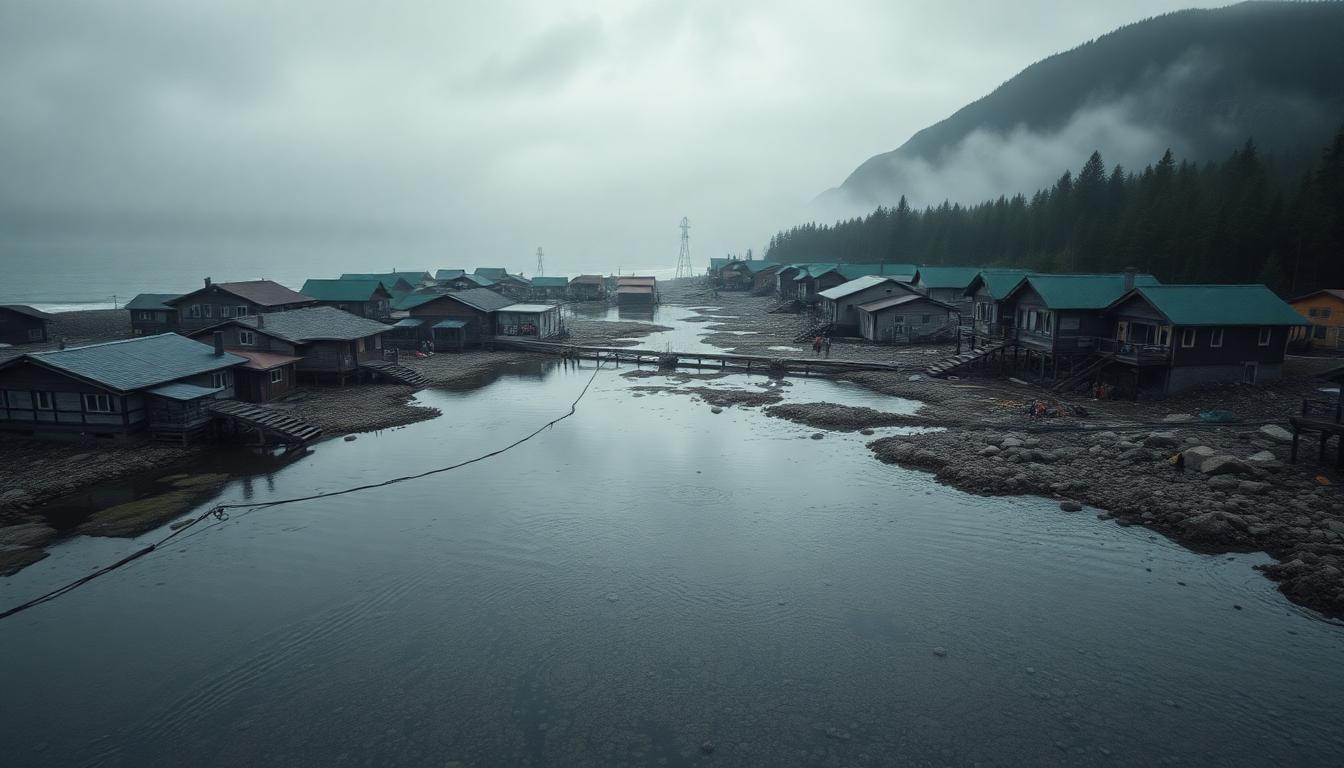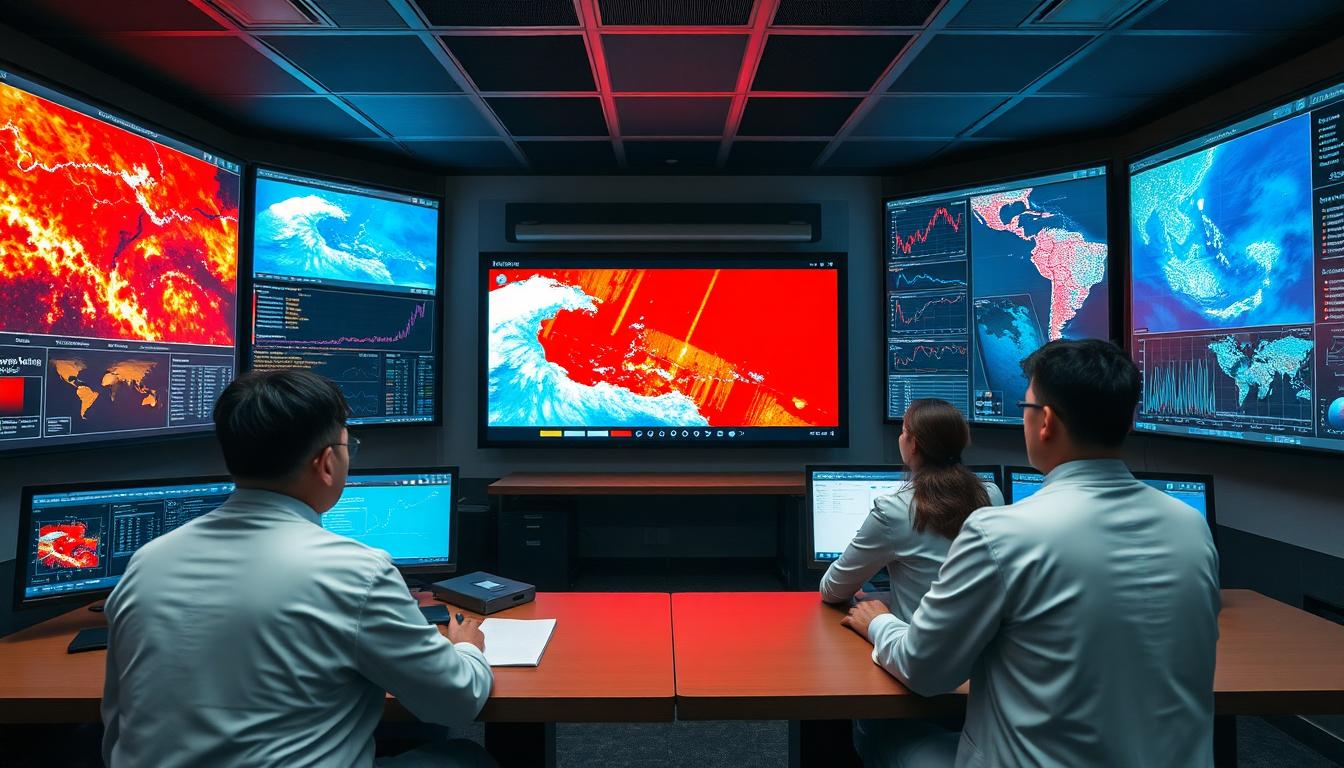On July 30, 2025, a massive earthquake struck off Russia’s east coast, shaking the entire Pacific region and placing millions on high alert. The undersea quake, which reached a magnitude of 8.8, is already being called the strongest since Japan’s 2011 disaster. As scientists and officials scramble to assess the impact, families from Russia to Japan, Hawaii, and the US West Coast race to safety, watching the horizon for tsunami waves.
The Earthquake: One of the Strongest in Decades
The quake’s epicenter sat about 74 miles southeast of Petropavlovsk-Kamchatsky, Russia, deep within the Pacific Ring of Fire. This tectonic hot spot is known for its intense seismic activity, and today the world witnessed why. The main shock lasted nearly a minute, followed by several powerful aftershocks with magnitudes as high as 6.9. The region is still trembling, with dozens of smaller quakes making buildings sway and emergency crews stay on alert.
Scientists explain that the Pacific Plate, always pushing and grinding against its neighbors, finally slipped. That sudden movement released energy equal to thousands of nuclear bombs. When the ocean floor jolts like this, it pushes massive amounts of water—setting off tsunami waves that can travel across oceans at jet speeds.
Tsunami Warnings: Sirens Across the Pacific
Immediately after tremors, warnings blared out in Japan, Russia, the US West Coast, Hawaii, and even as far as Canada and South America. Tsunami sirens woke thousands who scrambled to pack bags, gather loved ones, and head for higher ground.
The Pacific Tsunami Warning Center issued its most severe warnings, especially for Hawaii, the Aleutians, and stretches of the California coast. Emergency officials cautioned everyone: evacuation zones are in effect, get to safe ground, do not wait for a second warning.
What Residents Experienced
Across Japan’s northern islands, cellphone alerts sounded as buildings rattled. In Hokkaido, small tsunami waves—measuring up to 60 centimeters (2 feet)—were reported, although residents remember well how much worse it could get.
On Russia’s Kamchatka Peninsula, port workers closed harbors, flights were delayed, and evacuation drills began. Reports show emergency shelters filling up quickly with worried families, hearing constant updates over radio and mobile speakers.
In Hawaii, the memory of the 2011 tsunami was still fresh. Highways clogged as people hurried to evacuation centers. Shelters on Oahu, Maui, and Kauai opened as early as dawn. Residents watched anxiously as water levels at beaches receded—a classic sign that large waves might soon strike.

Emergency Response and Resilience
Governments and relief teams across the region swung into action. In Japan, over 1.9 million people fell under evacuation advisories. Emergency supplies and medical aid were readied, and railway lines paused service until officials could confirm tracks were clear.
Russia’s response included rapid construction of makeshift shelters and mobilizing military assets for rescue and recovery. The US Coast Guard monitored harbors along the West Coast, ready to assist if the waves brought flooding or stranded vessels.
Inside emergency shelters, the mood was tense but determined. Volunteers handed out supplies—blankets, bottled water, food packs—while local officials explained maps showing evacuation zones and safe areas.
When Tsunamis Threaten: The Science and Risk

Tsunamis pose a unique challenge for science and emergency response. After an earthquake, scientists scramble to understand the quake’s depth, strength, and undersea movement. They use a network of ocean sensors, satellite data, and tide gauges to track wave formation.
This time, alert systems functioned as intended. Despite a few high waves, most initial measurements showed waves smaller than first feared, but officials reminded people not to relax too soon. Tsunamis can produce multiple waves, with the third or fourth sometimes proving the most dangerous.
Aftershocks and Ongoing Warnings
Strong aftershocks rattled communities throughout the day. Geologists agree: aftershocks are likely for days or weeks, each one with the possibility of triggering additional waves or landslides. In earthquake-prone areas, experience and drills mean most residents know the drill—grab essentials, move inland or uphill, and watch for official updates.
The Tsunami Warning Centers

Much of the Pacific relies on powerful warning centers. Scientists here monitor seismic networks constantly. Today, their screens glowed orange and red with danger zones, and maps updated in real time as data flew in from sensors beneath the sea.
These teams must decide in minutes who should evacuate, how high waves could get, and what warnings to issue. Their quick action can save thousands—but also means the public must trust and follow orders without hesitation.
Recovery and Looking Forward
Though much damage is still being assessed, the quick response helped prevent loss of life. Emergency crews continue searching for people and restoring essential services. Governments are also beginning to plan for recovery—repairing damaged roads, reopening ports, and offering counseling for shaken families.
For now, millions remain watchful. The Pacific Ring of Fire is always moving. A big earthquake anywhere can set off a chain reaction—a reminder that nature’s power is never far away, and preparedness saves lives.
To contact us Click Here .






